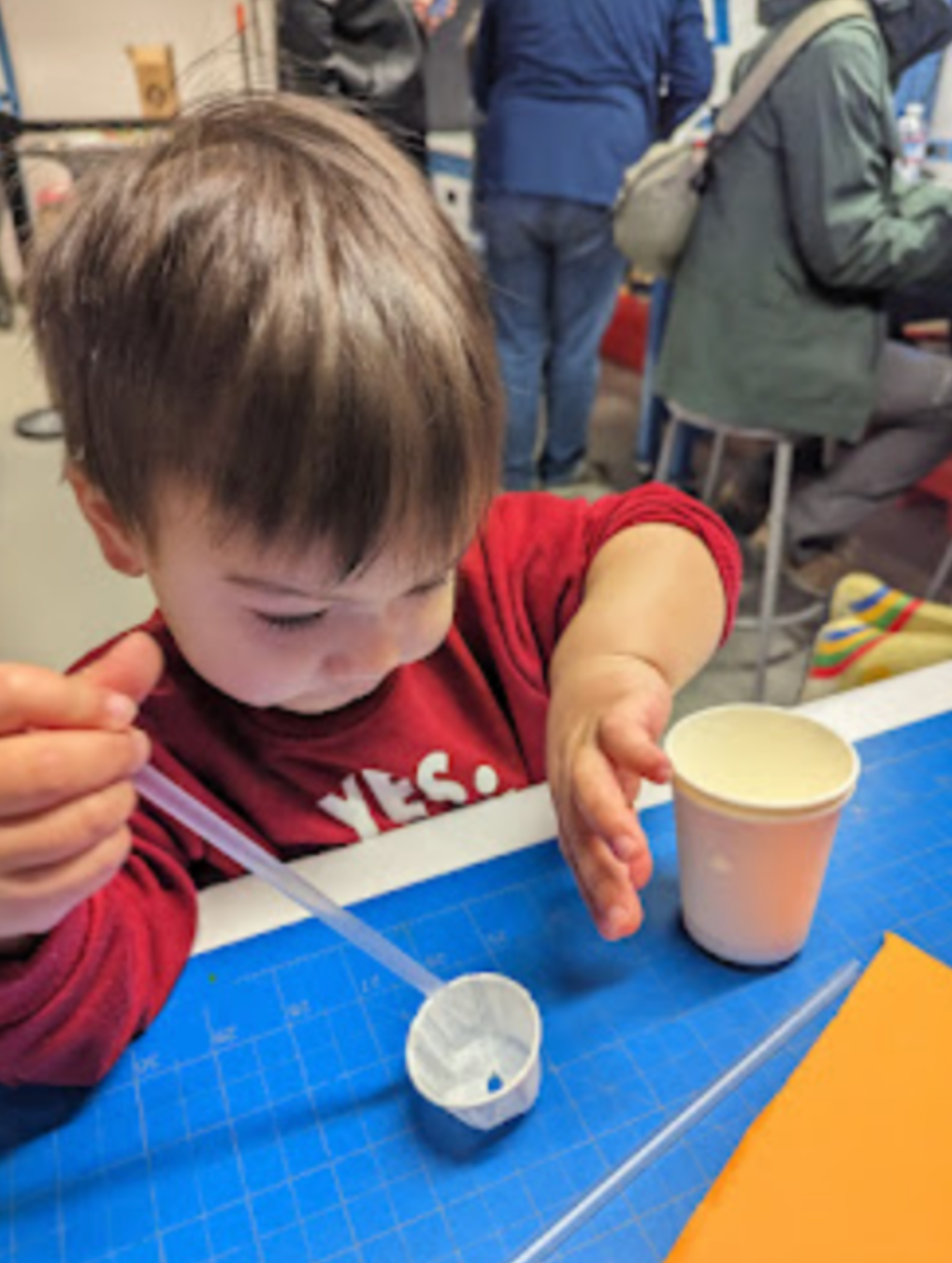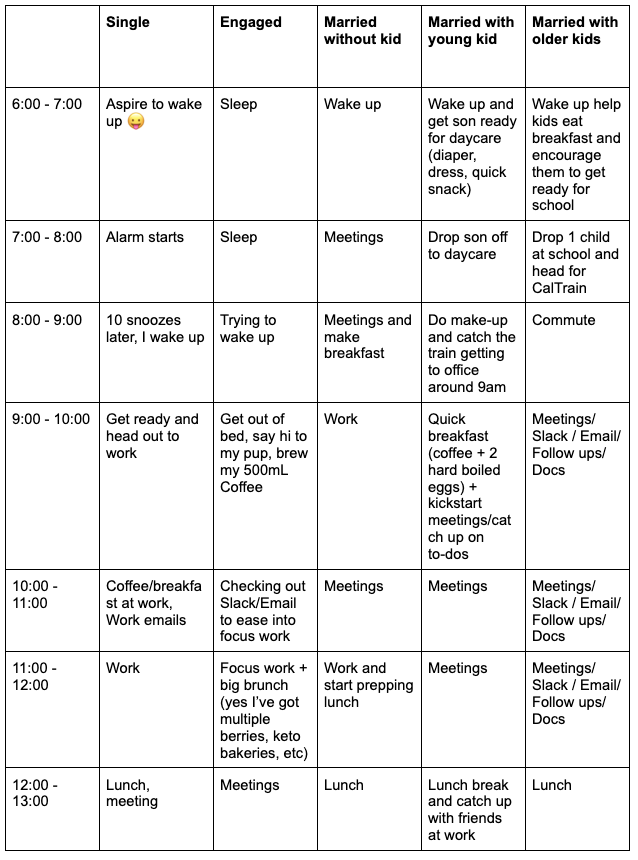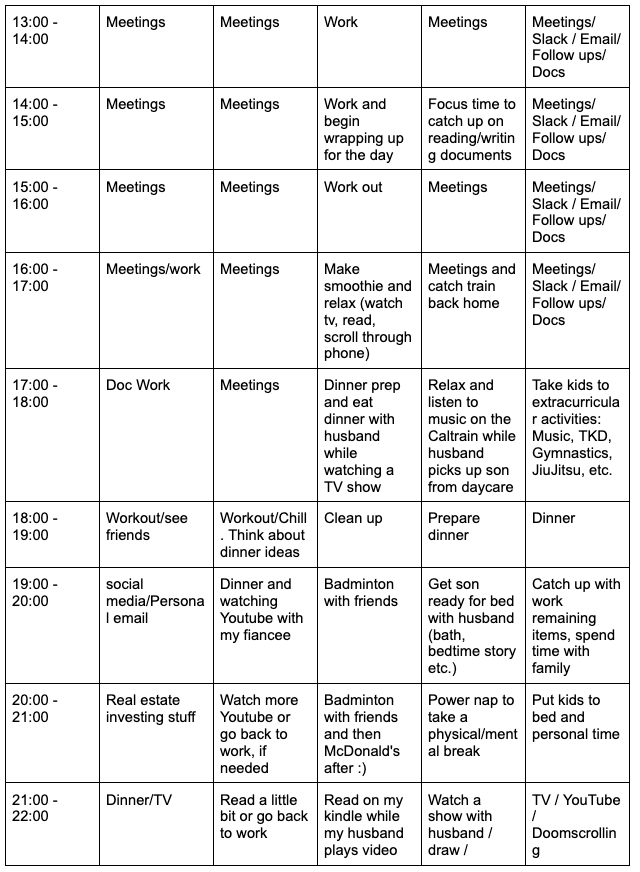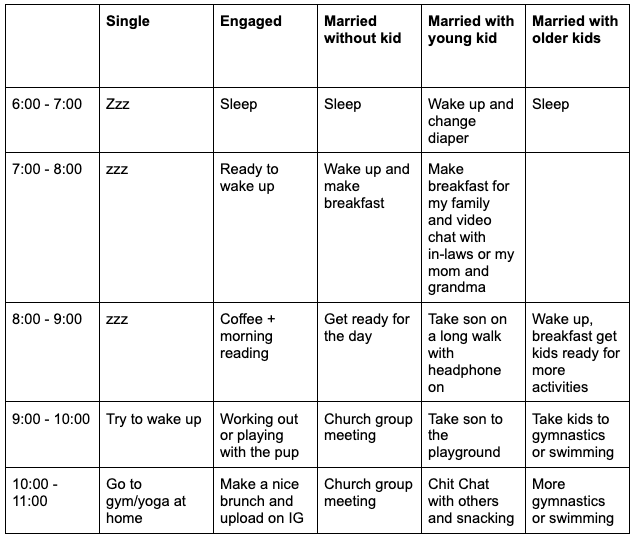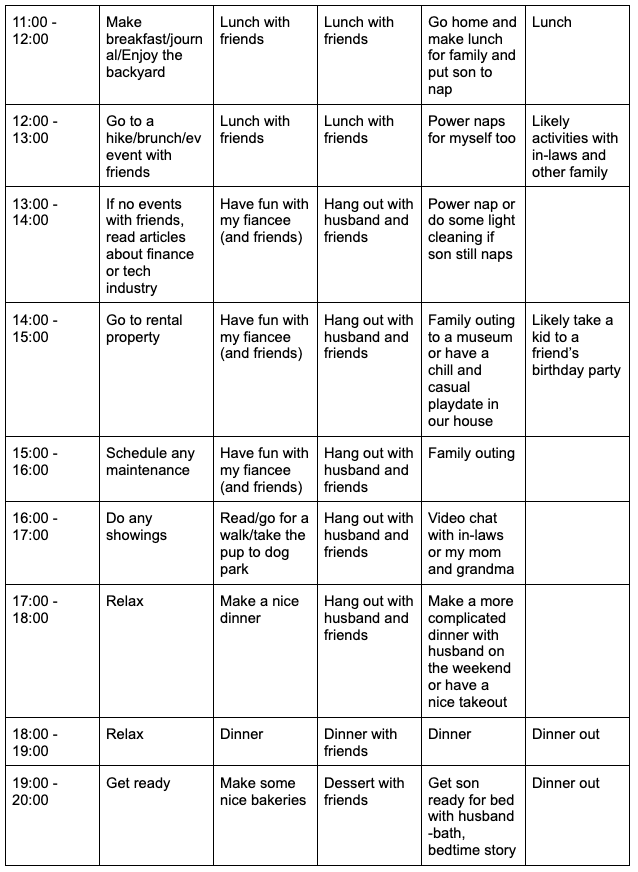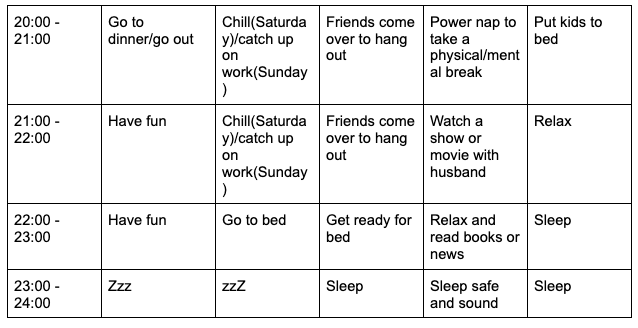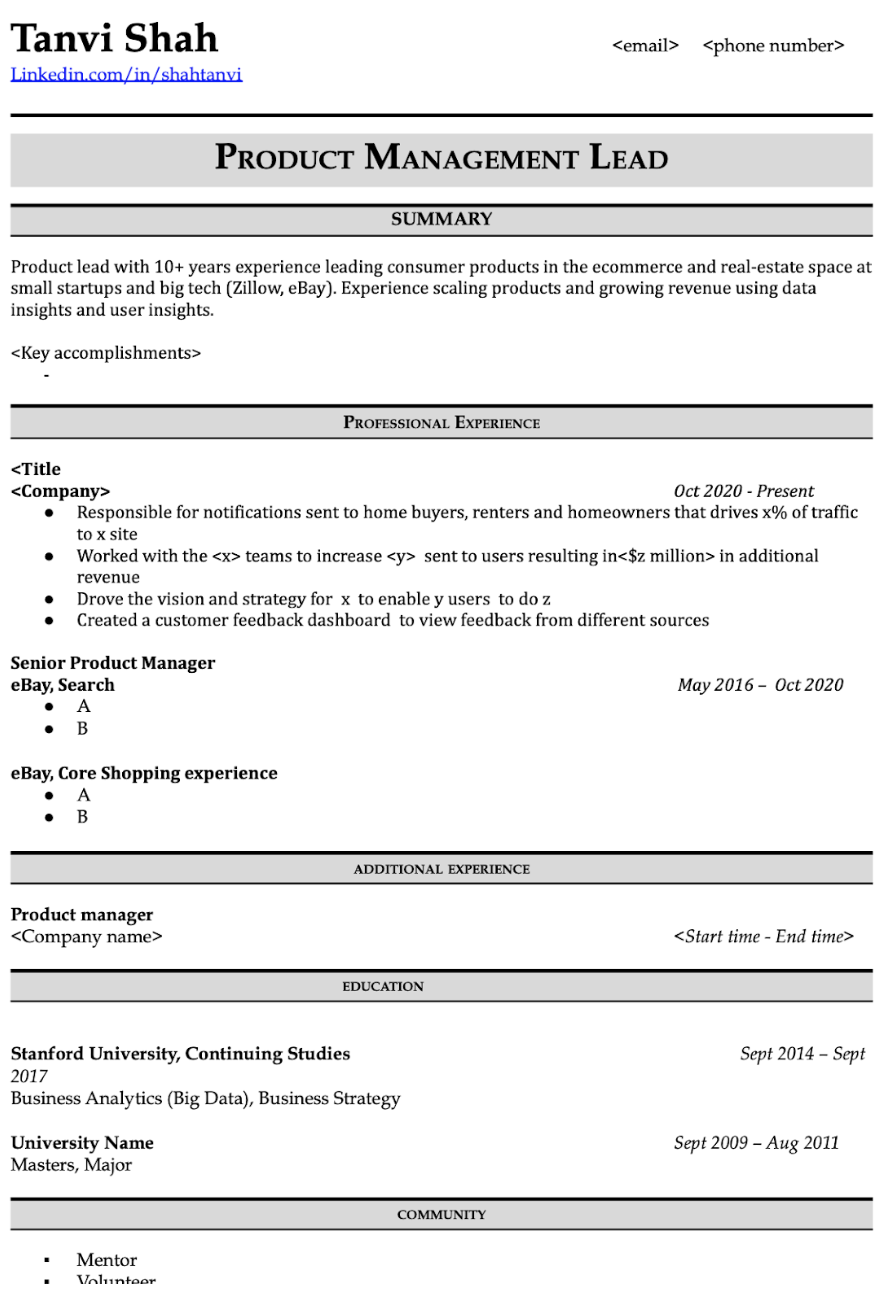Subscribe at https://www.linkedin.com/pulse/how-make-friends-after-30-yiyang-hibner/

Recently a timeline graph has gone viral on a few social media platforms: it illustrated the amount of time we spent with ourselves and people around us. Three trends stood out to me:
- The time spent with family and friends remains relatively steady after the age of 30.
- We spend a lot more time alone after 30.
- We spend the most time with our children between 30-45.
Looking at my own experiences this past year (recovery from depression twice), I should definitely give a lot of credit to my family as well as my awesome friends. They are the ones who took me out to hot pot and listened to me vent and cry. They are the ones who told me that the Blind app is too toxic and bad for my mental health (so I uninstalled it immediately), and they are the ones who sent me memes and funny news to cheer me up when I needed them the most. I cherish my friends like they are family. Our bonds have only gotten stronger over time as we have known each other for years.
However, as we grow older, making friends has become almost exponentially harder. Our lives get busier and are filled with errands and endless to-do lists. Meanwhile, we are a lot pickier about whom we spend time with because time is the most precious gift we can ever give. In her book “Friendship: The Evolution, Biology, and Extraordinary Power of Life's Fundamental Bond”, Lydia Denworth notes that the 30s is the decade where “friendship goes to die”. But what if we are looking to expand our social circle? I wanted to share three recommendations having tried them myself.
1.Try out something new to meet others
We live in a world full of social media platforms but many still feel disconnected.There are great offline methods like weddings, hiking/running group activities, Improv classes, or even play dates to meet other people. I went to my son’s daycare friend’s birthday party and became acquaintances with her parents. Then I started texting the mom for playdate arrangements and fun toddler activities and eventually sent them our family holiday card.
It usually starts with something mutual: you both know the bride/groom from school, or both have been running marathon for years, or both suck at stand-up jokes but want to get better, then you can get the other person’s contact information like phone number or Instagram account (if you think there’s something interesting about them and you want to be in touch), and the rest will be making efforts to follow up and get to know them better.
If you are a technology-obsessed person and have just moved to a new city without too many contacts, try Bumble BFF app! My coach recommended this to me and mentioned it’s Tinder for best friends. You can browse the nearby people’s interest and message them for coffee dates. Similarly, there are different MeetUp groups in local areas based on your personal interests.
2. Set realistic expectations because everyone is busy
I had a “friend” who unfortunately had a fallout with me because I couldn’t spend a lot of time with her after we became moms. We both had some postpartum depression/anxiety issues so we understood each other’s struggles well. In reality, we had 4 playdates within 5 months (which is the most I had with anybody). She didn’t understand my priorities during those times: my mom and 83-year old grandma were helping take care of my newborn on a time-constraint Visa, and I wanted to ensure spending time with them first. As a result, I didn’t have any social life for the longest time, which was quite hard for an extrovert like me.
So the moral of this story is that please understand everyone is busy with something (weekend kiddo activities, birthday parties, family visits or an overwhelming work schedule) or could be going through a hard time and not ready to socialize yet. If you want to be a good friend, please be patient and there will be plenty of time to hang out and catch up later.
3. Embrace solitude from time to time (self-care is equally important!)
Humans are social animals but it could be beneficial in the long term to also carve out alone time for self-care. Sometimes it’s hard to make new friends due to different circumstances so please don’t be so hard on yourself either. I do really enjoy a cup of coffee and watching Youtube videos with headphones on while my son plays with toys by himself on a cozy Sunday morning. I also value my own workout time and drawing at night when my son is asleep and husband is busy doing something else. We should embrace solitude and simply enjoy time hanging out by ourselves. At the end of day/life, we are our own best friends.
Did you find these tips helpful? How do you make friends after 30/40/50? We would love to learn more in the comments! Please consider subscribing to our newsletter “Product Manager Thought Collectives” if you want to hear more about PM and our life (parenthood, hobbies, side hustles etc.)




